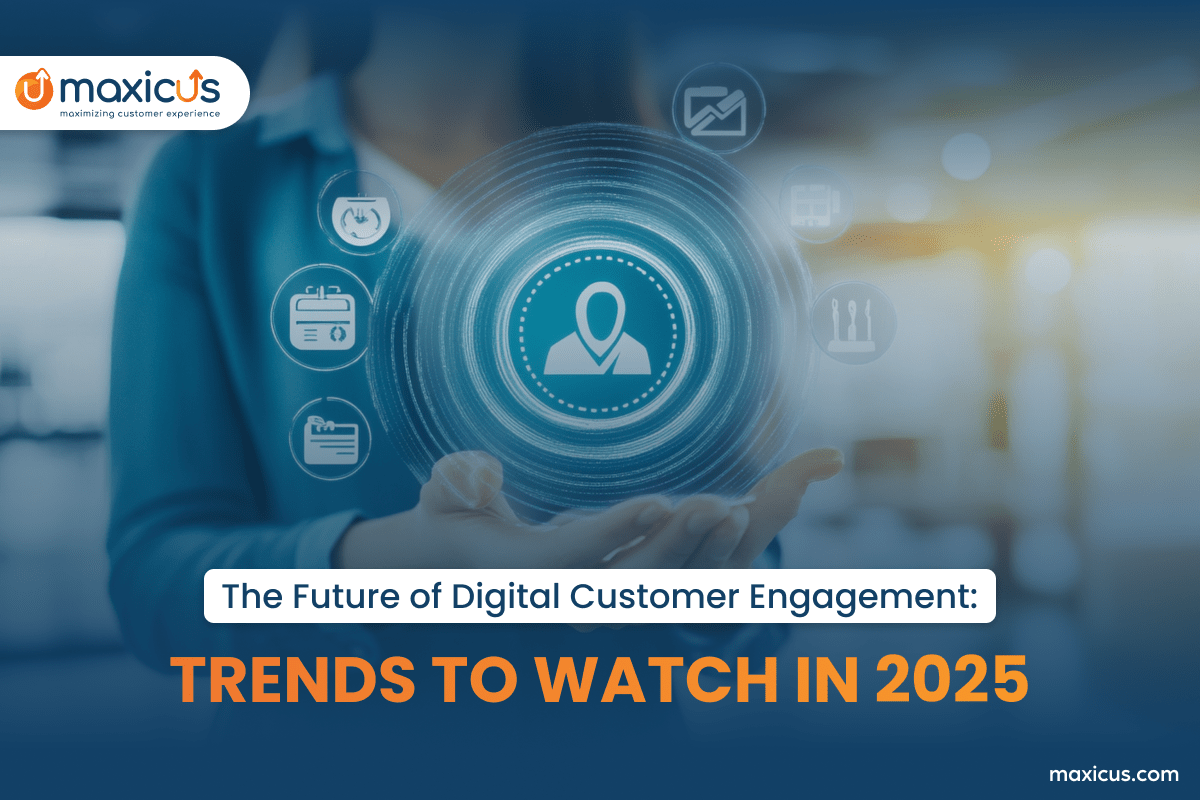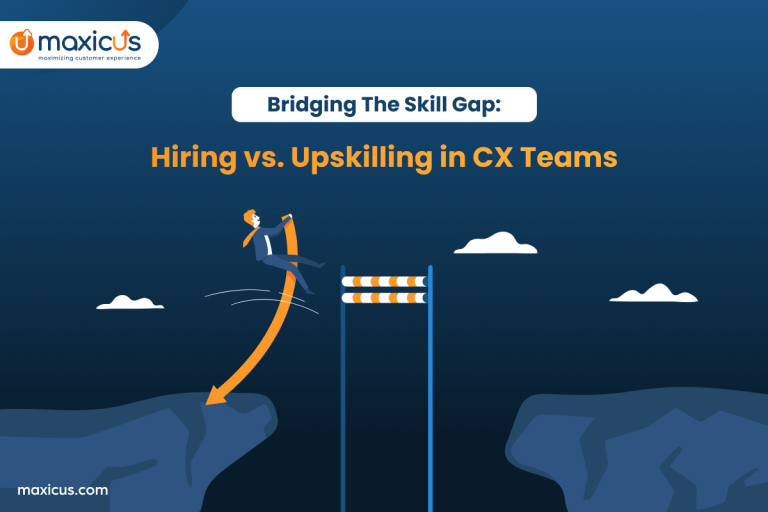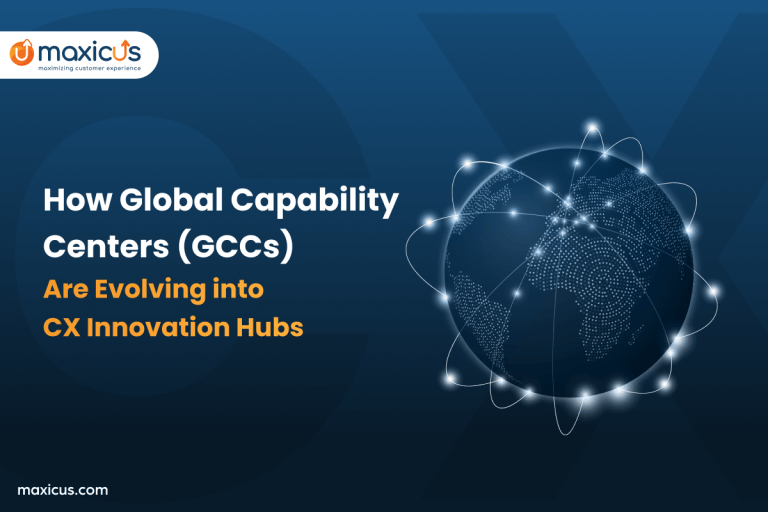The Future of Digital Customer Engagement: Trends to Watch in 2025
Imagine this—you walk into a store, and before you even ask for help, an associate remembers your last purchase and suggests something you’ll love. Feels great, right?
Now, picture a world where businesses interact with you the same way—anticipating your needs, personalizing your experience, and making every interaction feel effortless.
That is the future of customer experience. It’s no longer just about selling a product; it’s about creating meaningful connections. But here’s the catch—some brands get it, while others are still stuck in the past, pushing generic messages and wondering why customers aren’t engaging.
As we enter 2025, significant trends are expected to impact the landscape of digital customer engagement. To remain competitive, organizations must stay ahead of emerging trends such as AI-driven interactions and hyper-personalization.
In this blog, we will explore several trends that will define digital customer engagement in 2025 and beyond.
What Are the 4 P’s of Customer Engagement?
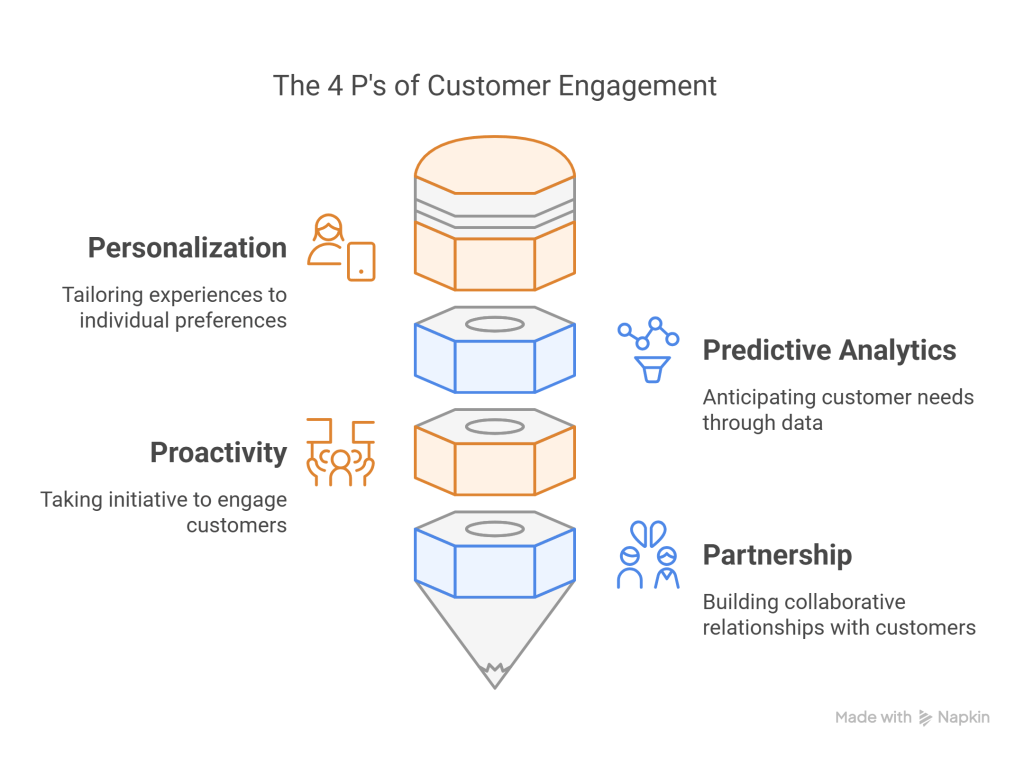
The 4 P’s of customer engagement are personalization, predictive analytics, proactivity, and partnership. These features ensure that interactions are personalized, data-driven, and proactive, resulting in strong and collaborative customer connections.
What Are the 3 C’s of Customer Engagement?
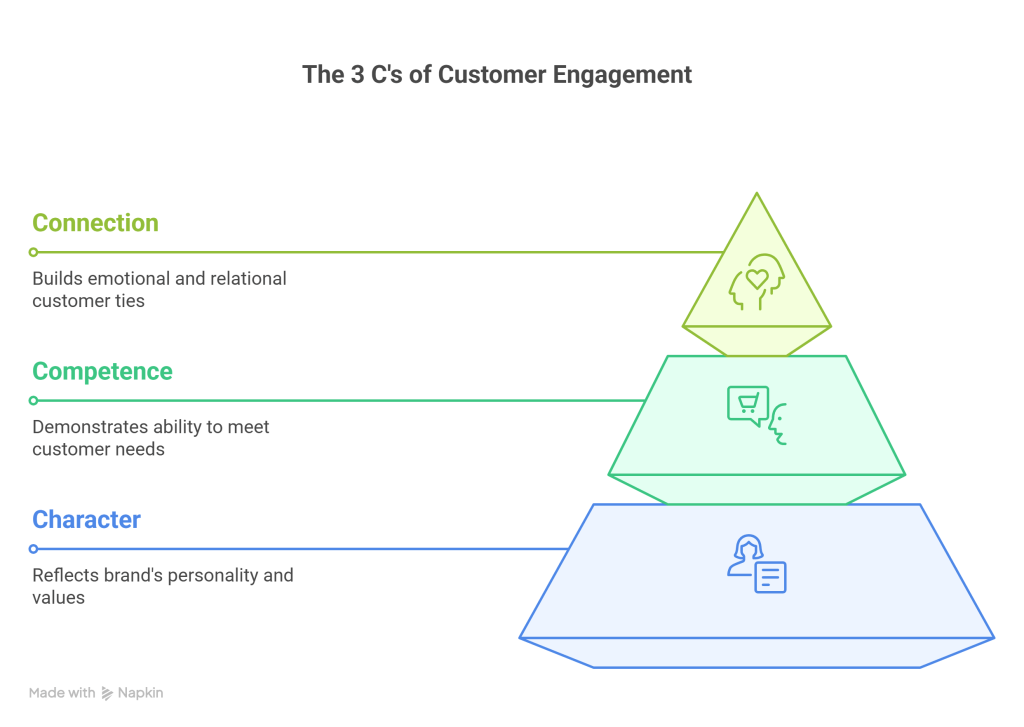
The three most important factors essential for building successful customer relationships are called the 3 C’s of customer engagement: character, competence, and connection.
- Character is about having integrity and being someone customers can rely on. This means being truthful, open, and consistent in keeping your promises.
- Competence is about having the abilities and knowledge to deliver what you claim. This involves a comprehensive understanding of your solutions and the sector in which you operate.
- Connection means building strong bonds and personalized relationships with customers.
Top 8 Digital Engagement Key Trends to Watch in 2025
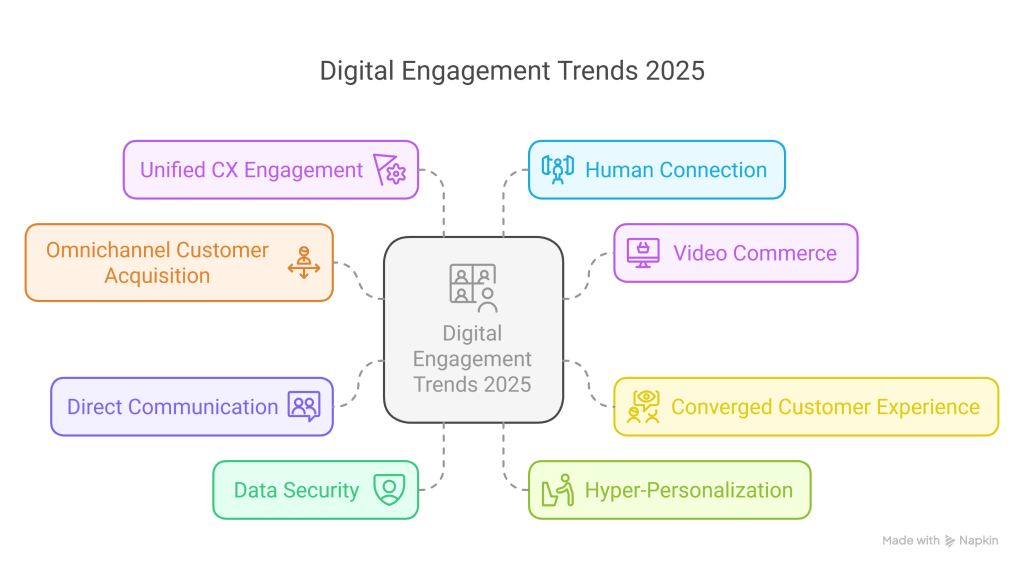
1. Omnichannel Customer Acquisition Strategy
Think about the last time you tried to contact a brand for assistance. Did you call them? Send an email? Maybe you slid into their DMs on Instagram, only to get a robotic “We’ll get back to you shortly” message. Frustrating, isn’t it?
The days of engaging clients via isolated channels are long gone. By 2025, businesses must embrace an omnichannel approach to provide a seamless transition across platforms, including social media, websites, mobile apps, emails, and even in-store interactions. Customers should be able to start an interaction on one channel and continue it effortlessly on another without losing context.
No more repeating your concern five times or bouncing across departments—just easy, hassle-free communication. Does this sound like a dream? Companies such as Maxicus are making it a reality.
2. Video Commerce for Sales and Support
In 2025, video commerce will become mainstream. Live streaming and shoppable video content will enable real-time customer interaction and decision-making, making video a dominant force in digital selling.
According to studies, businesses that use video marketing experience conversion rates 34% higher than those that do not.
Video commerce brings the in-store experience online, enabling businesses to connect with audiences in real time, demonstrate products, answer questions, and close sales instantly. As customers increasingly rely on visual content to make informed decisions, video commerce will bridge the gap between awareness and action.
Moreover, 91% of consumers have watched an explainer video to learn more about a product or service. Around 71% of B2B companies use video marketing. Studies show that users are three times more likely to watch a video tutorial than read a text-based instruction manual, and 91% of users want to see more video marketing content from businesses.
3. Converged Customer Experience (CX)
Converged Customer Experience refers to the integration of marketing, sales, customer service, and product experiences into a unified engagement ecosystem. In 2025, customers will expect consistent, connected, and intuitive experiences no matter where they are in the customer journey.
At Maxicus, we provide converged customer experience (CX) at multiple levels:
- Physical & Digital Touchpoints: Creating a seamless blend of in-store and online interactions.
- Tech + People (Managed Services): Combining advanced technologies with human expertise for personalized support.
- Offshore + Onshore Delivery: Using global talent and local presence to grow and personalize engagement.
- Digital & Conventional Channels: Aligning new-age digital tools with traditional customer service platforms.
- Sales (Customer Acquisition) + Support (LTV Enhancement): Aligning acquisition strategies with long-term relationship building.
4. The Power of Direct Communication
Let’s be honest—businesses are obsessed with social media ads, email campaigns, and automated chatbots. But while they chase the latest digital trends, guess which communication tool still delivers the highest engagement? Direct messaging.
Whether it’s SMS, voice calls, or personalized notifications, direct communication cuts through the noise. While emails sit unread and social media posts disappear into the algorithm, a simple text or call gets immediate attention. Studies show that SMS messages have an open rate of 98%—a level of engagement most marketers can only dream of.
Smart businesses know this. They’re not just reaching out; they’re connecting in real time, ensuring their messages land exactly when and where they need to.
5. The Importance of Data Security
As digital engagement intensifies, data privacy concerns will also rise. Customers will demand greater transparency regarding how their data is collected, stored, and used.
In today’s environment, data security is more than just a nice-to-have; it’s the difference between success and failure for any firm. Some companies cut corners by storing data on weak servers or failing to update security methods, all while assuring clients that their information is “safe.”
However, companies like Maxicus understand the security concerns of their customers. We preserve not only data but also trust.
6. Hyper-Personalization and the Consulting-to-Delivery Model
In 2025, customers will expect a hyper-personalized experience. For B2B companies, AI-driven personalization isn’t just about smart marketing—it’s about building real connections. Companies like Maxicus are leveraging AI and data analytics to craft hyper-personalized campaigns that engage, convert, and retain customers.
To effectively implement hyper-personalization, businesses will increasingly rely on a consulting-to-delivery model. This approach includes strategic consulting to define personalization goals and ensures businesses deliver them effectively across all customer touchpoints.
7. Unified CX Engagement
Unified Customer Experience (CX) engagement will be essential in 2025 as organizations align all consumer interactions with their brand promise. This involves integrating backend systems, data, and communication tools to maintain consistency in tone, message, and experience—whether online, over the phone, or in person.
A unified CX strategy ensures that all departments—from marketing to support—work together to deliver consistent, personalized, and value-driven experiences.
8. Human Connection in Digital Communication
Imagine you have a question about your recent order, so you message customer support. Instead of a helpful response, you get a bot that keeps repeating the same generic answers. After minutes of frustration, it finally tells you to “visit our website for more information.” Sound familiar?
Welcome to the downside of automation—where businesses get so caught up in AI-driven efficiency that they forget what really matters: genuine human connection.
Don’t get us wrong, automation is powerful. It saves time, streamlines operations, and makes businesses more responsive. Maxicus is leading the way in AI-powered customer engagement. But here’s where we stand out: we don’t just rely on automation. We blend AI with real human interactions, ensuring customers feel valued, not just processed.
The brands that get it right—balancing AI efficiency with authentic conversations—will earn long-term customer loyalty. The ones that go all-in on robotic, impersonal interactions? They’ll leave customers frustrated, disengaged, and looking for alternatives.
Conclusion
The future of digital customer engagement in 2025 will be shaped by AI-driven personalization, omnichannel experiences, and marketing automation. However, businesses must also prioritize data privacy, security, and ethical engagement to build lasting customer trust.
Maxicus, a leader in digital customer experience solutions, assists organizations in navigating this changing environment using AI-powered chatbots, predictive analytics, and omnichannel engagement strategies.
FAQs
Why is digital customer engagement important in 2025?
Digital engagement is important for customer retention, brand loyalty, and competitive advantage in an increasingly digital-first world.
How does Maxicus enhance digital customer engagement?
Maxicus provides AI-driven customer support, data analytics, and omnichannel solutions to help businesses create exceptional customer experiences.
What are the benefits of an omnichannel approach?
An omnichannel strategy ensures seamless interactions across multiple touchpoints, improving customer satisfaction and retention.

